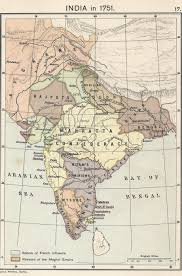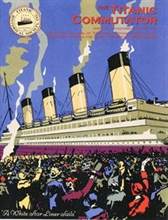Understanding the Mughal Empire: History and Legacy

Introduction
The Mughal Empire, which flourished from the early 16th to the 18th century, stands as one of the most prominent empires in Indian history. Known for its rich cultural heritage, architectural marvels, and significant contributions to art, literature, and governance, the Mughal Empire shaped the subcontinent’s socio-political landscape. With key figures like Babur, Akbar, Shah Jahan, and Aurangzeb, the empire’s influence is still felt today, making it a subject of great interest for historians and scholars alike.
Historical Context
The Mughal Empire was established in 1526 when Babur, a descendant of Timur, defeated Ibrahim Lodi at the First Battle of Panipat. Under Babur’s leadership, the empire laid the groundwork for a dynasty that would expand significantly under his grandson, Akbar. Akbar’s reign (1556-1605) is often cited as the zenith of Mughal power, marked by his policy of religious tolerance and administrative reforms that included a centralized system of governance and various economic measures that bolstered trade.
Art and Architecture
One of the most enduring legacies of the Mughal Empire is its monumental architecture. The Taj Mahal, built by Shah Jahan in memory of his wife Mumtaz Mahal, is a UNESCO World Heritage Site and one of the Seven Wonders of the World. Other remarkable structures include the Red Fort in Delhi, Humayun’s Tomb, and the Fatehpur Sikri complex. These buildings exemplify a fusion of Persian, Indian, and Islamic architectural styles, showcasing intricate craftsmanship and grand designs that became synonymous with Mughal elegance.
Culture and Society
The Mughal Empire was not just a political entity; it was a melting pot of cultures. The period saw significant advancements in literature, with notable poets and scholars contributing to both Persian and vernacular literary traditions. The flourishing of the arts and influence on music also played a critical role in defining the cultural landscape of India. The Mughal court was a center for artistic development that encouraged the fusion of various cultural elements.
Decline and Legacy
However, the Mughal Empire faced decline from the late 17th century due to various factors including internal strife, economic difficulties, and the rise of regional powers. The eventual invasion by external forces and the colonial expansion by the British led to the empire’s disintegration by the mid-19th century. Despite its decline, the Mughal Empire left an indelible mark on the subcontinent, influencing various aspects of Indian culture, cuisine, language, and governance.
Conclusion
The Mughal Empire remains a vital area of study within Indian history, offering insights into a complex and rich past. Its contributions to art, culture, and governance provide invaluable lessons for current and future generations. Understanding this era aids in appreciating the diverse tapestry of India’s history, showcasing how empires can shape national identity and cultural heritage.








